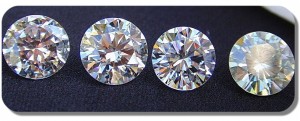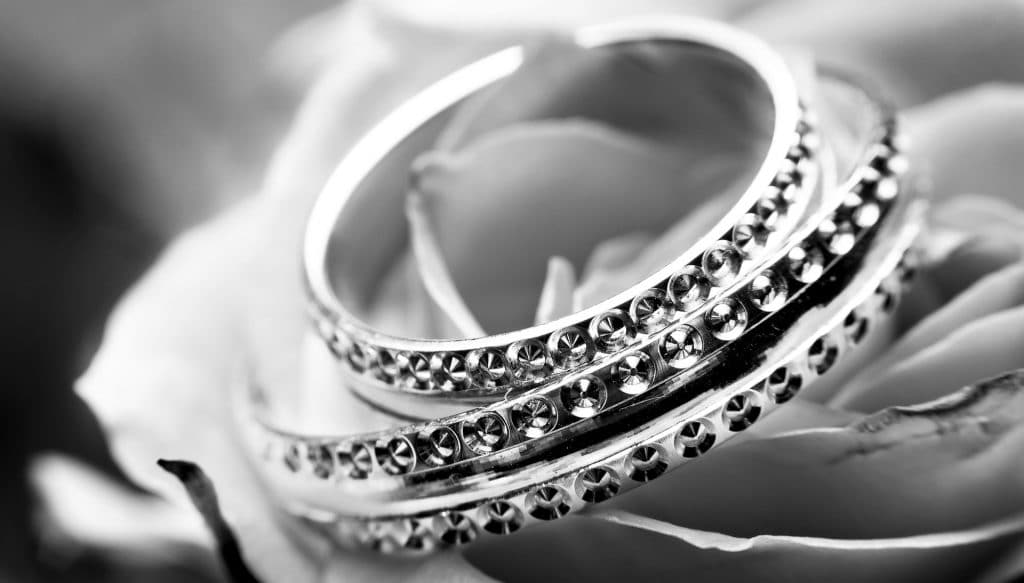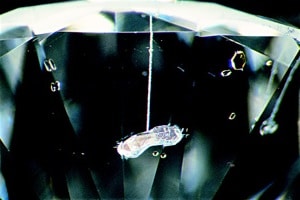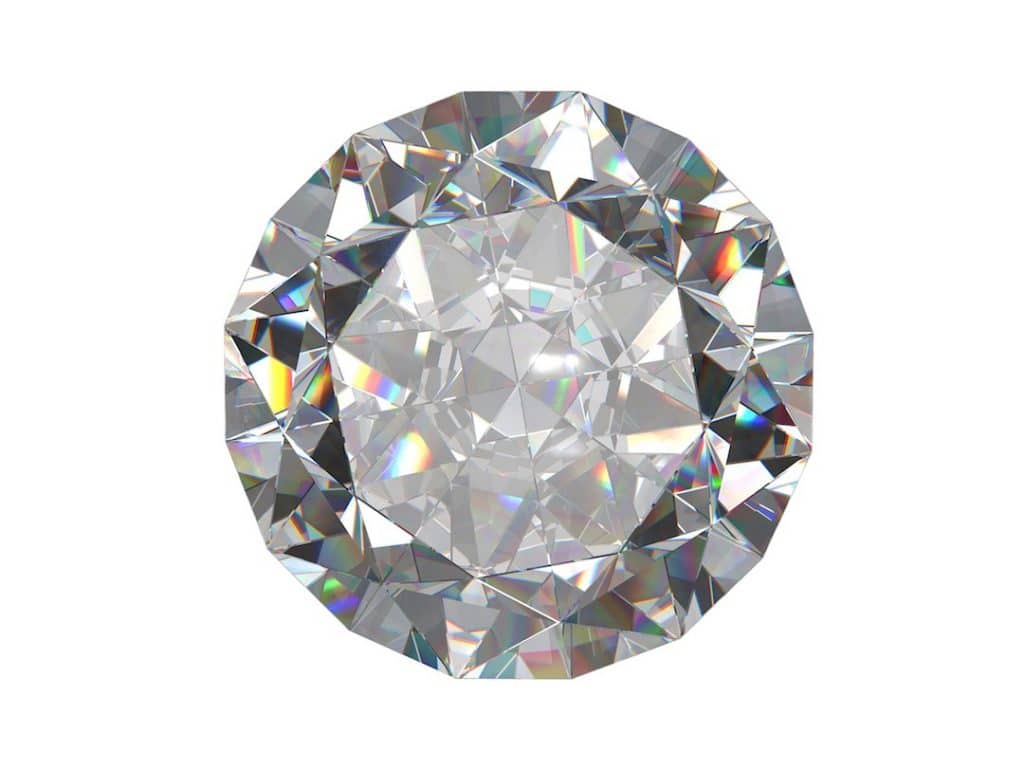To make diamonds look brighter and cleaner, many diamond producers are making special customized enhancements. One such enhancement done on natural diamonds is the clarity enhancement. These diamonds tend to be much cheaper than the natural diamonds. This is because, before these enhancements, they are of low quality and can only be sold as sub-standard. After enhancements however, these diamonds become similar in appeal to the real diamonds. If you are looking for diamonds but are working on a budget, these diamonds offer you an option that is almost irresistible.
 What are these diamonds with enhanced clarity or clarity? The clarity of a diamond is determined by the internal inclusions, and this greatly affects the value of the diamond and the price it fetches in the market. The clearer a piece is, the more valuable it is and the vice versa. Some of the materials that affect the clarity of a diamond include carbon, cracks, air bubbles and minerals like iron and copper. During clarity enhancement process, these are removed, and the end result is a much more visually-appealing piece of higher value.
What are these diamonds with enhanced clarity or clarity? The clarity of a diamond is determined by the internal inclusions, and this greatly affects the value of the diamond and the price it fetches in the market. The clearer a piece is, the more valuable it is and the vice versa. Some of the materials that affect the clarity of a diamond include carbon, cracks, air bubbles and minerals like iron and copper. During clarity enhancement process, these are removed, and the end result is a much more visually-appealing piece of higher value.
What does the making of clarity enhanced diamonds involve? The entire process basically involves the removal of inclusions in a piece and replacing the cavities previously filled with a suited material to improve the visual appeal. Though this process may differ from one maker to another, but for an insightful understanding into the process, here is an elaborate look at the process developed by Yehuda Diamonds:
Deep Boiling
In this GIA approved process, the enhancement is not just eliminated but is replaced under high pressure in acidic conditions. This procedure is usually carried out to get rid of black inclusions where the cavity reaches the surface to allow the acid to penetrate the hole into the inclusion. This is then replaced with a translucent filling.
Suitable for diamonds with black inclusions that do not reach the surface, a laser is used to drill a microscopic hole from the surface all the way into the inclusion. Deep boiling then follows. Since this process is not GIA approved, if you purchase a diamond that has undergone this procedure, it will be noted on the certification documents.
There is an advanced drilling option in which the cut is made in a plane rather than a tunnel. This has the advantage of being more natural-looking and ease of filling though it is more visible.
Fracture Filling
This is mainly applied to the fracture or cracks that reach the surface of a diamond stone. Some material like silica is used to fill the cavity making it lesser visible to the eye. If the fracture does not reach the surface, laser drilling precedes the fracture filling process.
Having understood what the process of enhancing diamonds clarity involves, you may wonder why you should opt for these. The truth is that almost all natural diamonds have some sort of inclusion that affects its clarity. What some manufacturers may claim to be totally natural will most probably have undergone some kind of enhancement. Gems which are designated as clarity enhanced diamonds will be much cheaper due to the flaws. You could get a piece twice as large at half the price.
Diamonds whose clarity has been enhanced are more appealing than those that have not undergone the process. Imagine getting a diamond full of coal in the core and only 20% is diamond! Though the price tag placed on this would be quite pocket-friendly, the stone would be displeasing to the eye. With the enhanced ones however, you get both cheap diamonds, great appeal, and clarity. By replacing the inclusions with see-through materials, the piece is able to allow light to pass through it and refract light just like the real diamond, thanks to the use of a material whose refractive index is almost similar to that of natural diamond. This gives the piece the sparkle associated with the wholeness of a diamond. It looks just like the real thing only cheaper!








